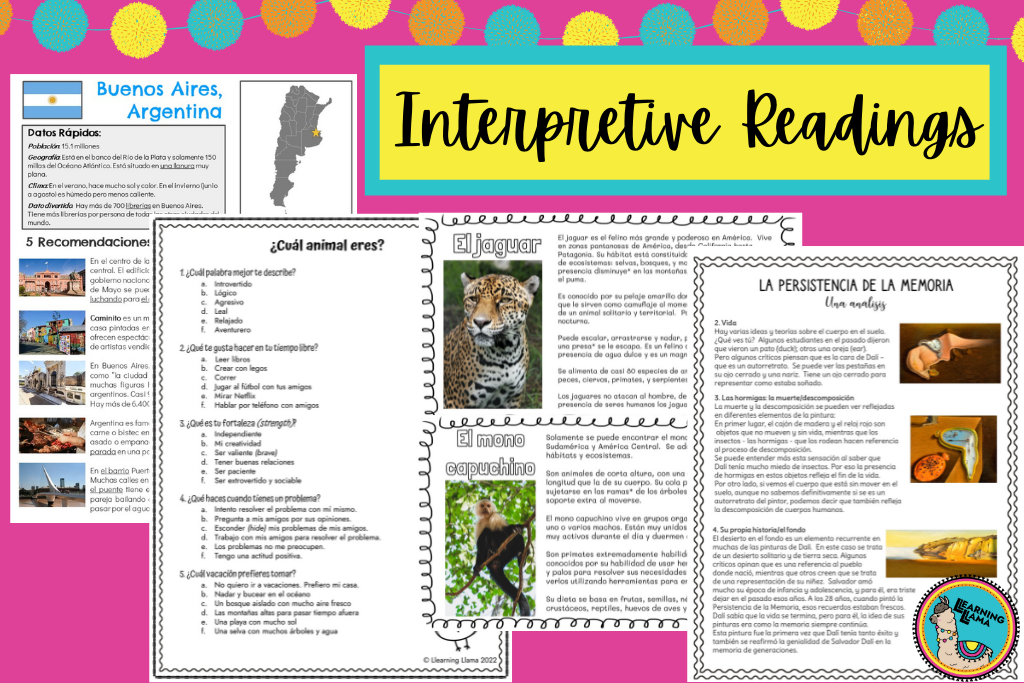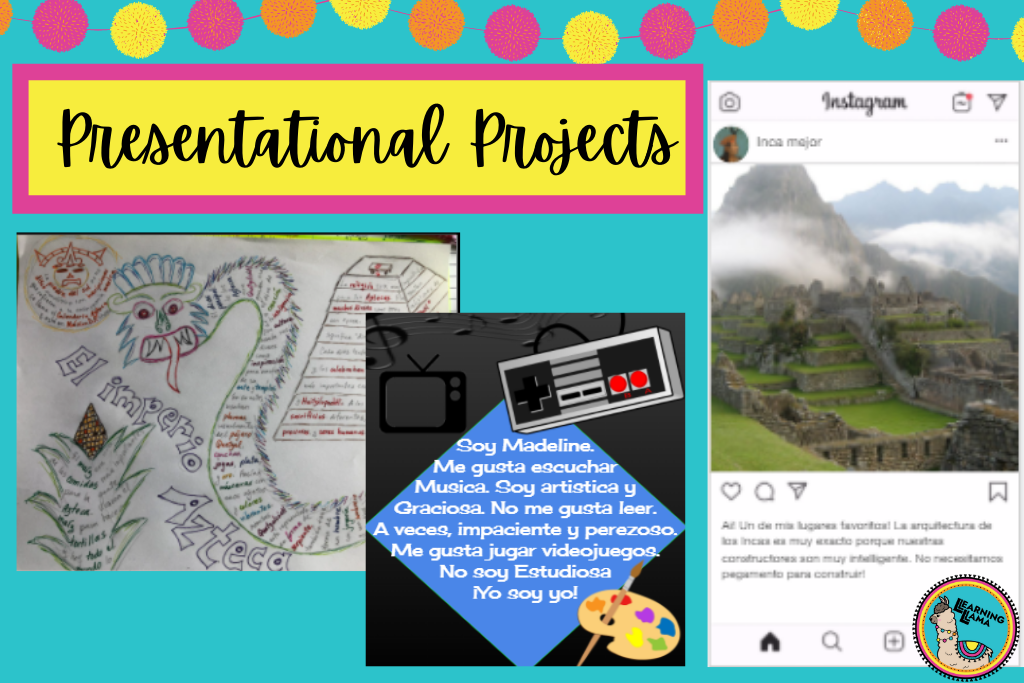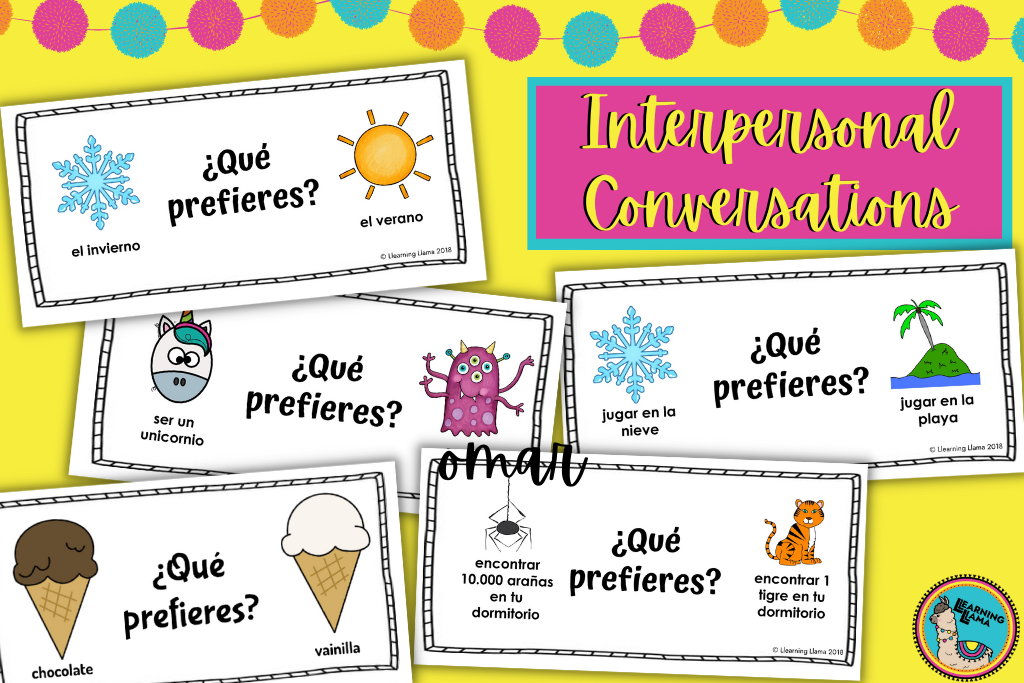We all hear so much about the “communicative method” of second language teaching. The 3 modes of communication: Interpretive, Presentational, and Interpersonal are three words that are constantly used in the world language field. They are the basis of our standards from ACTFL. But what exactly are they and more importantly how do we incorporate and assess each mode? Over the course of this five part blog series, we will delve deeper into each of the modes of communication and how to use it in the classroom. Each upcoming blog will take you through the steps of creating the communicative task, implementing it, and assessing it. All information will be very practical and allow for easy implementation.
To begin, I want to outline what each mode of communication really is and what it looks like in the real world. The thing you MUST keep in mind is that this will look different in each class. First year language learners will have very basic skills while AP students will be at advanced levels of proficiency, being able to perform at a much higher level. The descriptors below are generic details. For an in-depth look at each of the modes of communication, follow the links to the next blogs in the Modes of Communication Blog Series!
Interpretive Mode of Communication
What are the descriptors of the interpretive mode?
- One-way listening/reading
- No opportunity for negotiation of meaning
- Interpretation of what the author, speaker, or producer wants the receiver to understand
- Interpretation is more than just comprehension – you must read between the lines and understand the author’s cultural perspective
What are common interpretive mode activities?
- Reading authentic texts – books, newspapers, infographics, short stories, plays, etc.
- Listening to authentic audio – podcasts, news broadcasts, movies, etc.
Learn more about the interpretive mode here.
Presentational Mode of Communication
What are the descriptors of the presentational mode?
- Creation of one-way written or oral messages
- No direct opportunity for negotiation
What are common presentational mode activities?
- Writing – essays, letters, emails, poetry, short stories, etc.
- Speaking – speech, oral presentation, podcast, etc.
- Presentations – PowerPoints, infographics, brochures, posters, etc.
Learn more about the presentational mode here.
Interpersonal Mode of Communication
What are the descriptors of the interpersonal mode?
- Two-way communication
- Active negotiation of meaning
- Participants communicate spontaneously in real-time (not memorized)
What are common interpersonal mode activities?
- Speaking/listening – info gaps, conversations, etc.
- Writing – texting, replying to social media posts, etc.
Learn more about the interpersonal mode here.
Check back next week for Part 2 of the blog, which will delve deeper into Interpretive tasks. I will outline where to find authentic interpretive resources for all proficiency levels, how to create your own interpretive task, and the best ways to assess reading and listening!









One Response